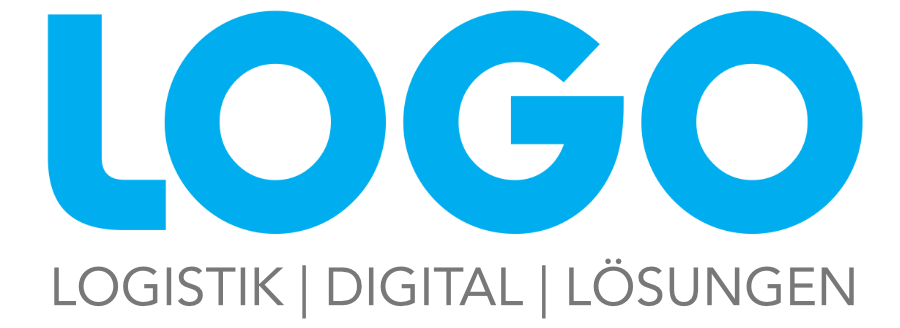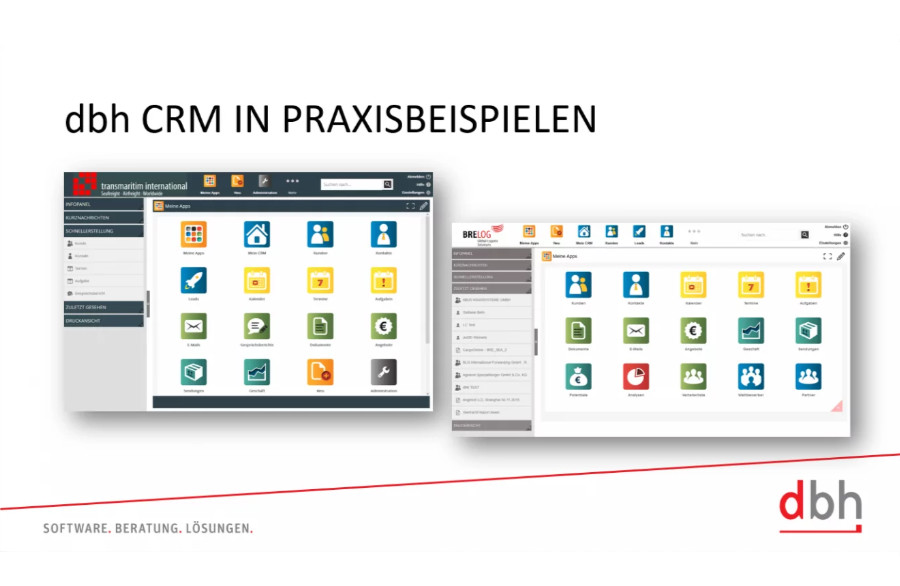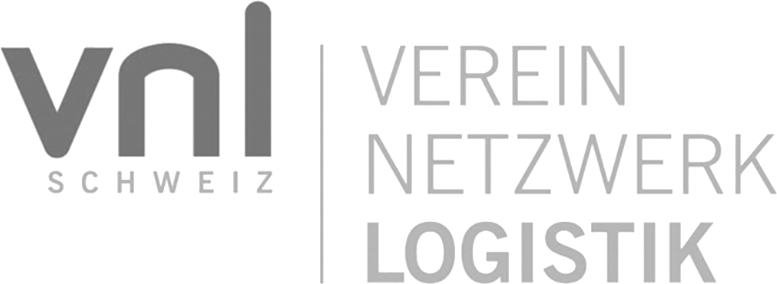Many logistics companies are aware that their sales and marketing processes are not “state of the art” to say the least. They know that it is now possible to improve internal communication and cooperation through technical tools. They have learned (sometimes painfully) that as a logistician you can no longer simply wait for customers to place goods at your feet, which you then somehow transport. That’s no longer how things work today.
In order to survive in the competitive international market, a logistics company must actively work on customer loyalty and develop strategies to acquire new customers.
For this purpose, the internal processes around offer creation, sales opportunities, pipeline and turnover planning have to be scrutinised.
Often, different systems are in use that float as isolated solutions in the IT landscape. In order to make meaningful evaluations that enable the development of corporate strategies, data from many sources must be collected and consolidated.
If you want to segment your customers according to relations, modes of transport, frankings, ImEx, industries, competitors, in order to address them specifically with marketing campaigns, you come up against limits.
If you want to decide whether a business segment expansion to a region, a transport mode or a service is promising, you have to look into the famous crystal ball and have no data that can be evaluated.
If you want to get a picture of your own quality and know how satisfied customers are with the various processes, you have to rely on gut feeling.
At the latest when ISO certification is sought, quality management must be demonstrated, processes must be standardised, actions must be traceable.
And – who doesn’t know – without a certificate you have no chance in many tenders.
So: what to do?
Process review, target definition
You look for a partner who knows logistics, who can identify processes, who has tools at hand to optimise and automate them.
This is the point at which many logistics companies turn to us. The management knows from training, from the media, from their own experience that there are CRM systems with which all processes in the customer relationship can be managed.
They are now looking for a partner with expertise in the logistics sector, because if they have to explain to a “normal” CRM manufacturer what their processes look like and he then starts to implement the special topics, this costs an infinite amount of time and thus money.
How good that there is an industry specialist who has been doing nothing but supporting logistics companies in optimising their sales processes for 25 years now.
At LOGO, every CRM project is a logistics project
Together with our customers, we examine all processes related to customer relations, offer generation, commission calculation, pipeline, address maintenance, mailings, marketing campaigns, data quality etc.
With our experience from numerous logistics CRM projects, we can contribute best practice examples.
We discuss the integration of CRM into the IT landscape and define the required interfaces to TMS, ERP, BI, etc.
We look at the data situation, how customer-related data has been stored and managed so far and decide which data should be imported.
We compare the company’s requirements with the functions in the LOGO portfolio. If necessary, we create a gap list and discuss individual adjustments.
We define the goals to be achieved and develop a project plan.
In a small project group, adjustments, imports and data integration are implemented and tested on a pilot system.
Administrators are selected and trained.
A group of key users is determined who will later assume the function of multipliers in the company.
In a workshop, the CRM is presented in its current state and the project plan is discussed.
Together with the key users, final adjustments are made to the pilot system and a training concept is developed.
Shortly before completion or go-live, the users of the first phase are trained. They receive basic knowledge and clear instructions on what is expected of them in the first 6-8 weeks.
If available, the old system is switched off, the data is freshly imported into the “live system” and the go-ahead is given for the first user groups.
After 6-8 weeks, there are review workshops in which the experiences of the users and key users are compiled. Necessary adjustments and the further training plan are discussed.
Step by step, the users are familiarised with the functions of the CRM.
A step-by-step plan determines which of the CRM areas will be introduced to the users and when, and from when they will be evaluated on the quality of their entries.
Because one thing is clear:
A CRM in which no one enters anything is a bad investment.
It must not come to that. The task of the entire project team is to work with tact and at the same time with assertiveness to ensure that every employee with customer contact enters his or her knowledge and customer contacts in the CRM and thus contributes to a global database.
We discuss the integration of CRM into the IT landscape and define the required interfaces to TMS, ERP, BI, etc.
We look at the data situation, how customer-related data has been stored and managed so far and decide which data should be imported.
We compare the company’s requirements with the functions in the LOGO portfolio. If necessary, we create a gap list and discuss individual adjustments.
We define the goals to be achieved and develop a project plan.
A CRM project can only be successful if all employees pull together.












